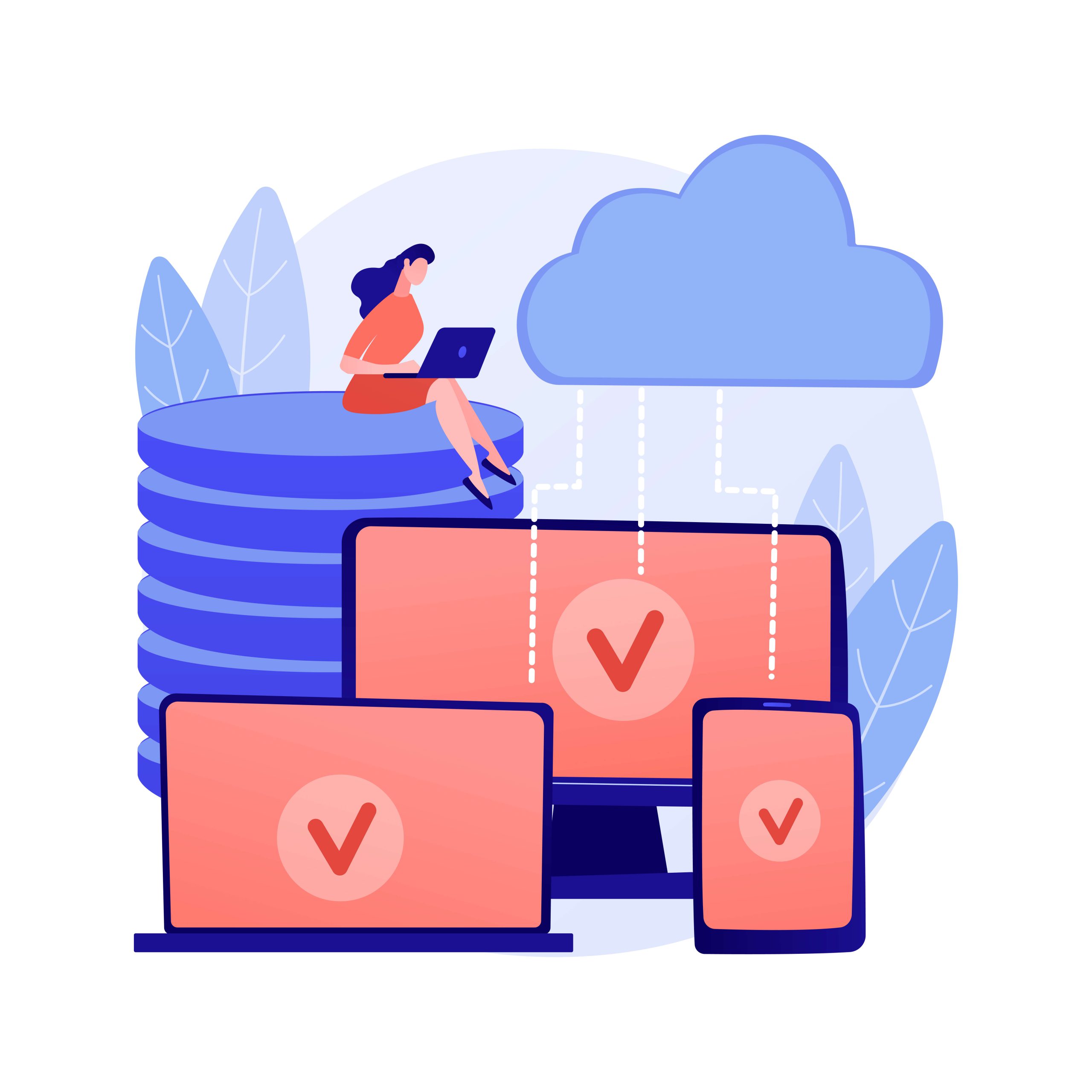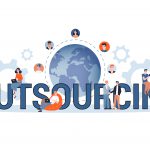Let’s be real, HR professionals are the unsung heroes of any workplace. But even superheroes face battles! From battling outdated systems, to juggling ever-changing regulations, it’s easy to feel overwhelmed. Let’s break down the most common HR challenges and solutions you can actually start using today.
Know the Most Common 7 HR Challenges and Solutions
Challenge #1: Finding (And Keeping) The Right Talent
The war for talent isn’t just a buzzword, it’s a daily reality for HR teams. Here’s where struggles often arise:
- Outmatched Job Descriptions: Are you attracting the same copy-pasted applications? Generic descriptions don’t excite top candidates.
- Outdated Candidate Search: Relying on the same old job boards? Time to get creative!
- Retention Blind Spots: Exit surveys are too little, too late. Spot trends before your best people head out the door.
Solutions:
- Employee Value Proposition (EVP): Go beyond salary. Craft a compelling message about what makes working for YOU great.
- Expand Your Search: Tap into niche job boards, employee referrals, and social media recruitment.
- Stay Interviews: Proactive conversations with top performers uncover what keeps them engaged, and what might make them leave.
Challenge #2: Evolving Technology (Are You Keeping Up?)
HR software should make your life easier, not add to the chaos! Common pain points:
- Tech Overload: Too many disconnected tools create more work, not less.
- Poor User Interfaces: If your team hates using the software, it’s a wasted investment.
- Data Doesn’t = Insights: Reports are pointless if you’re not using data to make strategic decisions.
Solutions:
- Audit Your Tech Stack: Be ruthless! Are tools redundant or underutilized? Consolidate for efficiency.
- Prioritize User Experience: Involve your team in software demos. If it’s not intuitive, it won’t get used consistently.
- Look for Analytics, Not Just Reports: Does your software help you spot trends and make informed workforce decisions?
Challenge #3: Staying Compliant = Feeling Stressed
Laws and regulations change (sometimes with dizzying speed). It’s enough to make even the most organized HR pro break out in a sweat.
- Knowledge Gaps: Especially for small teams, it’s impossible to be an expert on every HR-related law.
- Deciphering Legalese: Regulations aren’t written to be user-friendly. One missed nuance can be costly.
- Manual Processes = Room for Error: Outdated spreadsheets for tracking leave, benefits, etc., lead to mistakes.
Solutions:
- Outsource When It Makes Sense: Payroll, specific areas of compliance… sometimes a specialist partner is a lifesaver.
- Reliable Resources: Subscribe to reputable HR newsletters, attend webinars – staying updated is self-defense.
- Automate What You Can: Software can auto-calculate deductions, remind you of key deadlines… removing the “human error” factor.
Challenge #4: Building a Culture of Engagement
The fourth hr challenges and solutions is: Employee happiness isn’t a “nice to have” anymore. Disengaged employees cost businesses big time.
- The Remote Disconnect: Remote or hybrid? Great for many, but it makes building a team feel harder.
- One-Size Doesn’t Fit All: Generic perks don’t work when your workforce is diverse.
- Burnout is VERY Real: Are you measuring stress, or just waiting for the implosion? Proactive well-being matters.
Solutions
- Intentional Connection: Virtual or in-person, facilitate team-building beyond Zoom calls focused on tasks.
- Personalize When Possible: Flexible benefits, choice in learning options, show you see employees as individuals.
- Pulse Surveys: Don’t wait for the annual survey. Short, frequent check-ins help you catch issues early.
Challenge #5: Managing a Multigenerational Workforce
From Boomers to Gen Z, today’s workplaces can span a significant age range. This brings amazing potential, but also unique challenges:
- Conflicting Work Styles: Different generations approach work, communication, and tech with different mindsets. This can lead to tension if unmanaged.
- One-Size-Fits-All Training Fails: Older workers may need tech support, while younger ones crave mentorship opportunities.
- Unconscious Bias: Are performance reviews overlooking certain age groups, whether intentionally or not?
Solutions:
- Leverage Reverse Mentorship: Pair younger employees with senior ones for mutual skill-sharing. Builds bridges and breaks down stereotypes.
- Focus on Skills, Not Age: Highlight skills needed for a role, not what year someone graduated. This helps attract a wider talent pool.
- Bias Training for ALL Ages: Assumptions work both ways! Training helps create a truly inclusive workplace.
Challenge #6: DEI Initiatives: Going Beyond Lip Service
Diversity, Equity, and Inclusivity (DEI) are vital, but many HR efforts falter in execution.
- Tokenism: Hiring for visible diversity, but not creating a culture where everyone thrives and has the opportunity for advancement.
- Data Doesn’t Lie: Track DEI data. Are your good intentions translating into a workforce that reflects your community and offers opportunity at all levels?
- Performative Allyship: Training is a start, but are employees empowered to address non-inclusive behaviors in the moment?
Solutions:
- Get Leadership Buy-in: DEI can’t be just HR’s job. Make it a company-wide initiative, led from the top down.
- Blind Resume Screening (Where Possible): Tech can help remove initial bias and focus on skills in the early hiring stages.
- Foster Psychological Safety: Employees need to feel safe to speak up, give feedback, and learn from mistakes without fear.
Challenge #7: Upskilling at Scale
Let’s unravel the most import challenge amongst the HR challenges and solutions. Tech moves fast. Is your workforce keeping pace? Reactive training is costly and disruptive.
- Skills Gap = Trouble: What skills are essential NOW and in the near future? Do you have a plan to fill those gaps?
- Training =/= Engagement: Boring online courses = low completion rates. Training needs to be accessible and motivating.
- Budget Worries: Upskilling is an investment. But HR may need to advocate for its importance to secure the necessary funds.
Solutions:
- Microlearning Matters: Employees are busy! Bite-sized training fits into workflow easier, increasing uptake.
- Make Learning Fun (Seriously): Gamification, hands-on projects… get creative with training delivery to drive engagement.
- Demonstrate ROI: Track metrics! How did upskilling impact productivity, innovation, or retention, making a strong case for future investment.
Conclusion
HR challenges aren’t going away in 2024, or ever. The best HR pros focus on getting ahead of problems instead of always reacting. With the help of these HR challenges and solutions you will embrace smart tech, staying informed, and prioritizing the human side of HR, you’ll empower not only your business but, most importantly, the awesome people who make it all happen. So if you found these HR challenges and solutions as the nest pick don’t wait any longer.






